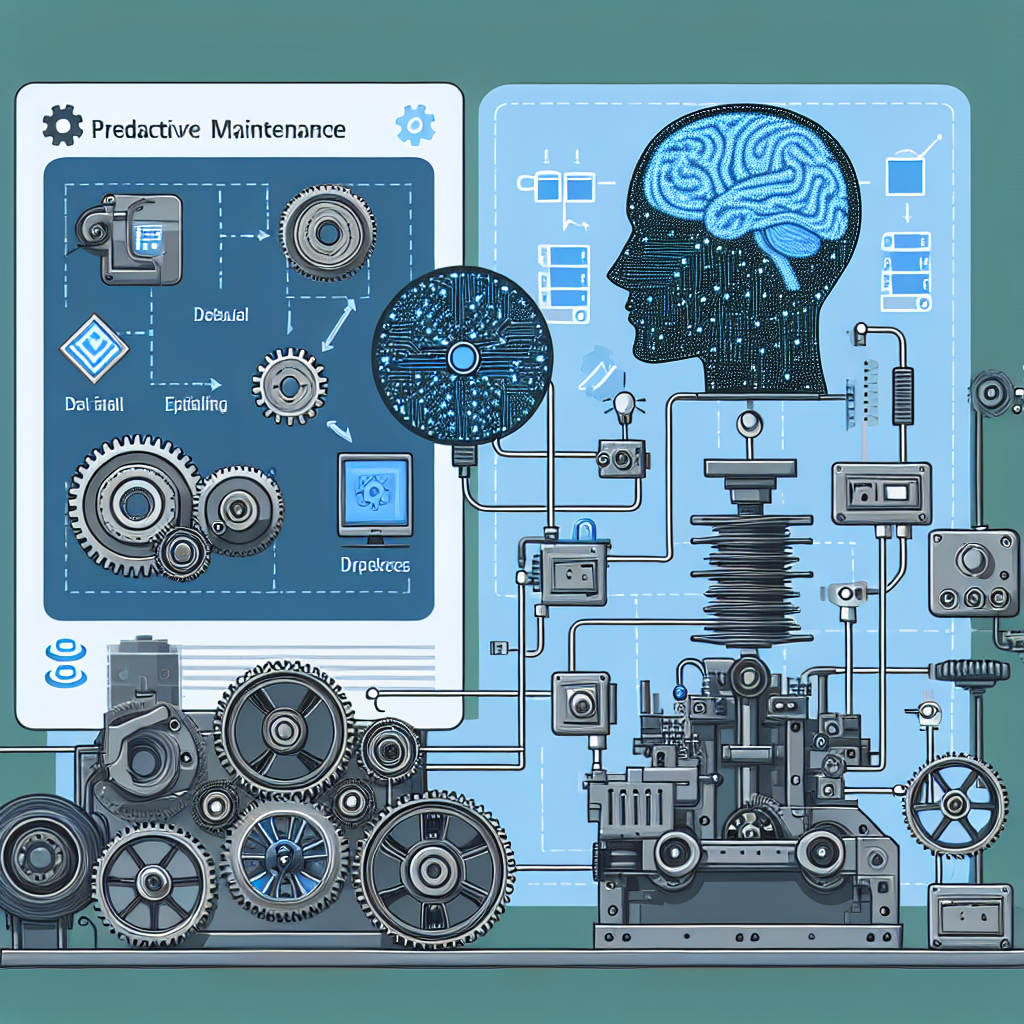How to Use AI for Predictive Maintenance
Hey there! Curious about how Artificial Intelligence (AI) can revolutionize maintenance tasks? You’re in the right place. Let’s dive into some common questions about using AI for predictive maintenance and get you all the info you need in a friendly, straightforward manner!
What is Predictive Maintenance?
Predictive maintenance is all about anticipating and preventing equipment failures before they happen. Instead of reacting to a broken-down machine, predictive maintenance allows you to address potential issues early by analyzing data and predicting when an asset might fail. This saves you time, money, and a whole lot of headaches!
How Does AI Help with Predictive Maintenance?
Great question! AI can analyze vast amounts of data from numerous sensors and other data sources. Here’s how AI steps in:
- Data Collection: Sensors on machinery collect data such as vibration, temperature, and pressure.
- Analysis: AI algorithms analyze this data to detect patterns and anomalies that indicate wear or potential failure.
- Prediction: Based on historical data and real-time inputs, AI predicts when and where a failure might occur.
Can AI Really Predict Failures Accurately?
Absolutely! While no system is perfect, AI has shown remarkable accuracy in many cases. The more data AI has to work with, the better its predictions. Keep in mind that continuous learning and updates improve accuracy over time.
What Are the Benefits of Using AI for Predictive Maintenance?
There are numerous benefits! Here are a few key ones:
- Reduced Downtime: By predicting failures, you can schedule maintenance during off-peak hours, minimizing impact on operations.
- Cost Savings: Preventing unexpected breakdowns reduces repair costs and extends the life of equipment.
- Improved Safety: Identifying potential failures beforehand keeps your team and machinery safe.
How Do I Implement AI for Predictive Maintenance?
Ready to get started? Here are some steps to follow:
- Assess Your Needs: Identify which equipment is critical and would benefit most from predictive maintenance.
- Choose the Right Tools: Select AI tools and platforms that fit your organization’s needs and budget.
- Integrate Sensors: Equip your machinery with necessary sensors to collect relevant data.
- Train Your Team: Ensure your team is trained to understand and use the AI system effectively.
- Monitor and Adjust: Continuously monitor system performance and make adjustments to improve accuracy.
Any Common Challenges?
Like any technology, implementing AI for predictive maintenance comes with challenges:
- Data Quality: High-quality, clean data is crucial for accurate predictions.
- Integration: Integrating AI with existing systems can be complex.
- Initial Costs: There can be significant upfront investment in sensors and AI tools.
Final Thoughts
Using AI for predictive maintenance is a game-changer that can significantly enhance efficiency, reduce costs, and improve safety. With careful planning and execution, the benefits far outweigh the challenges. So, why not give it a shot? Your future self (and equipment) will thank you!
Have more questions? Feel free to ask or drop a comment below. We’re here to help you make the most out of AI for predictive maintenance!
